Color Trends and Psychological Impact
Chosen theme: Color Trends and Psychological Impact. Explore how the hues shaping runways, interfaces, and living rooms also shape attention, emotion, and daily decisions—and share your palette preferences to guide future stories.
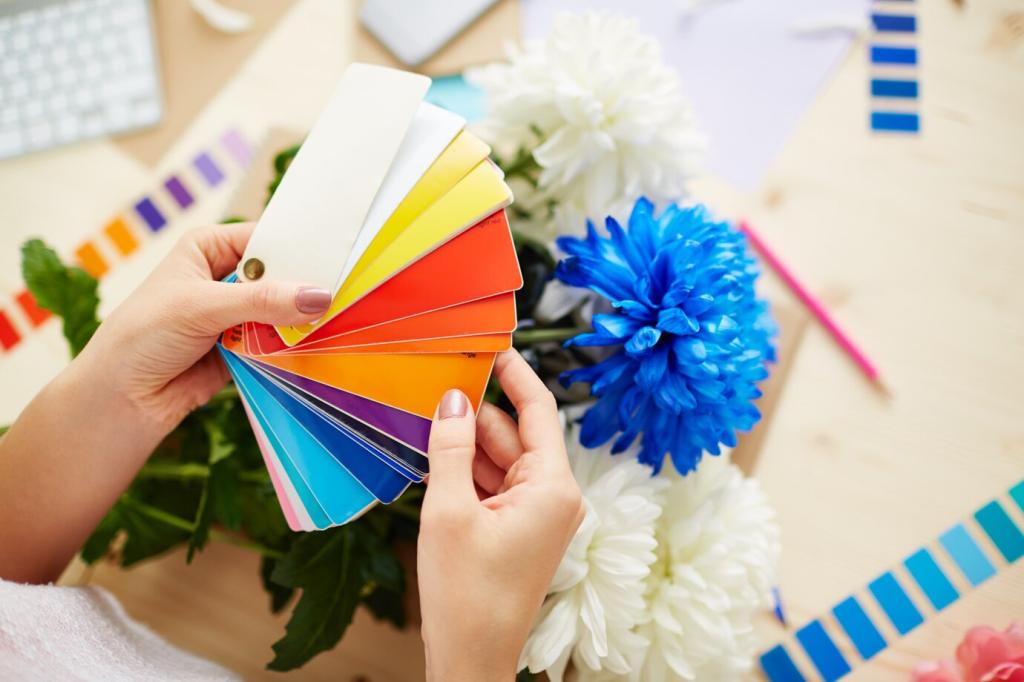
Why Color Trends Matter to Our Minds
When designers embraced soft, compassionate tones like Peach Fuzz in 2024, they mirrored a collective craving for gentleness. That cultural signal doesn’t stop at fashion—it ripples into interiors, branding, and our moment-to-moment mood.

The Welcoming Heat of Warm Hues
Reds, oranges, and peaches can spark appetite, sociability, and a subtle sense of safety. Think cafe awnings, convivial dining rooms, or Peach Fuzz textiles softening edges without shouting across the room.
Calm Currents of Cool Tones
Blues, teals, and lavenders often support sustained attention and reflective moods. In screens and study spaces, these tones can quiet visual noise, allowing breathing room for focus, empathy, and gentle persistence.
Neutrals as Emotional Buffers
Greige, sand, bone, and mushroom create breathable space around saturated accents. They keep overexcited palettes grounded, help eyes rest between tasks, and make trend colors feel sophisticated rather than overwhelming.
Cultural Meanings That Steer Today’s Color Trends
One Hue, Many Stories
White can signal purity in one place and mourning in another. Red may mean luck, love, danger, or celebration. Researching local meaning helps your palette invite, not alienate, your audience.
Light, Climate, and Perception
High-latitude light can cool colors, while equatorial sun intensifies them. The same paint swatch feels different in Oslo versus Nairobi. Consider daylight, materials, and surroundings before locking your trend palette.
Your Turn: Color Memories
Which color belongs to your childhood street, school uniform, or favorite festival? Share a memory in the comments, and we’ll map reader stories to an upcoming, community-built palette.
Branding and UX: Turning Hues into Habits
Accessible contrast isn’t just compliance; it’s kindness. Clear foreground–background relationships reduce strain, boost comprehension, and make trend accents feel intentional instead of merely decorative.
Branding and UX: Turning Hues into Habits
A consistent accent color becomes a mental shortcut to meaning: success, warning, primary actions. Keep the accent stable across screens so users learn once and navigate confidently thereafter.
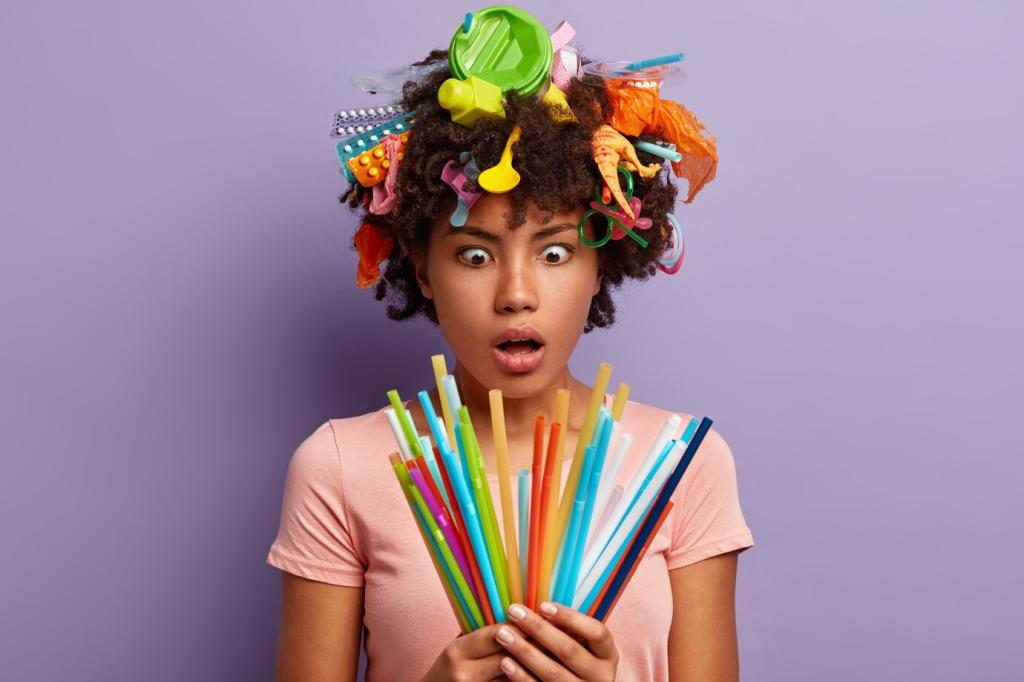
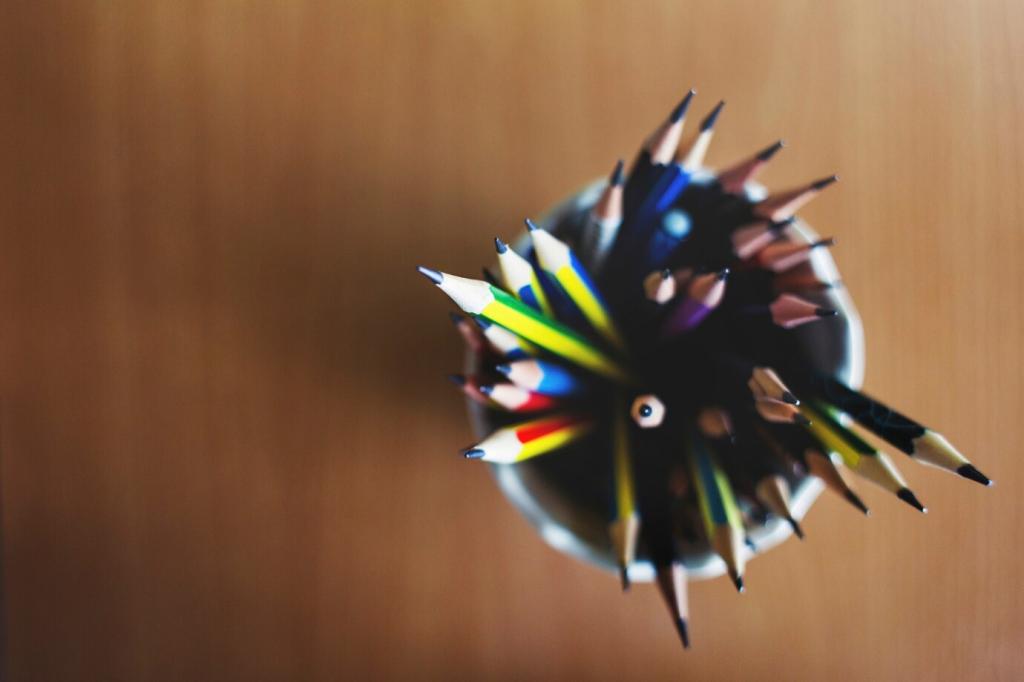
Home and Workspace: Designing Daily Mood
Try warm yellow ceramics, apricot tea towels, or a peach-toned print by the kettle. Small warm accents can coax a brighter breakfast mood without overwhelming the space or your eyes.

Wellbeing and Neuroaesthetics: Color’s Gentle Nudges
Stress, Safety, and Soft Edges
Lower-chroma, warmer neutrals can soften institutional vibes in clinics or offices, signaling care and approachability. The goal is not sedation, but humane clarity where people feel seen and supported.
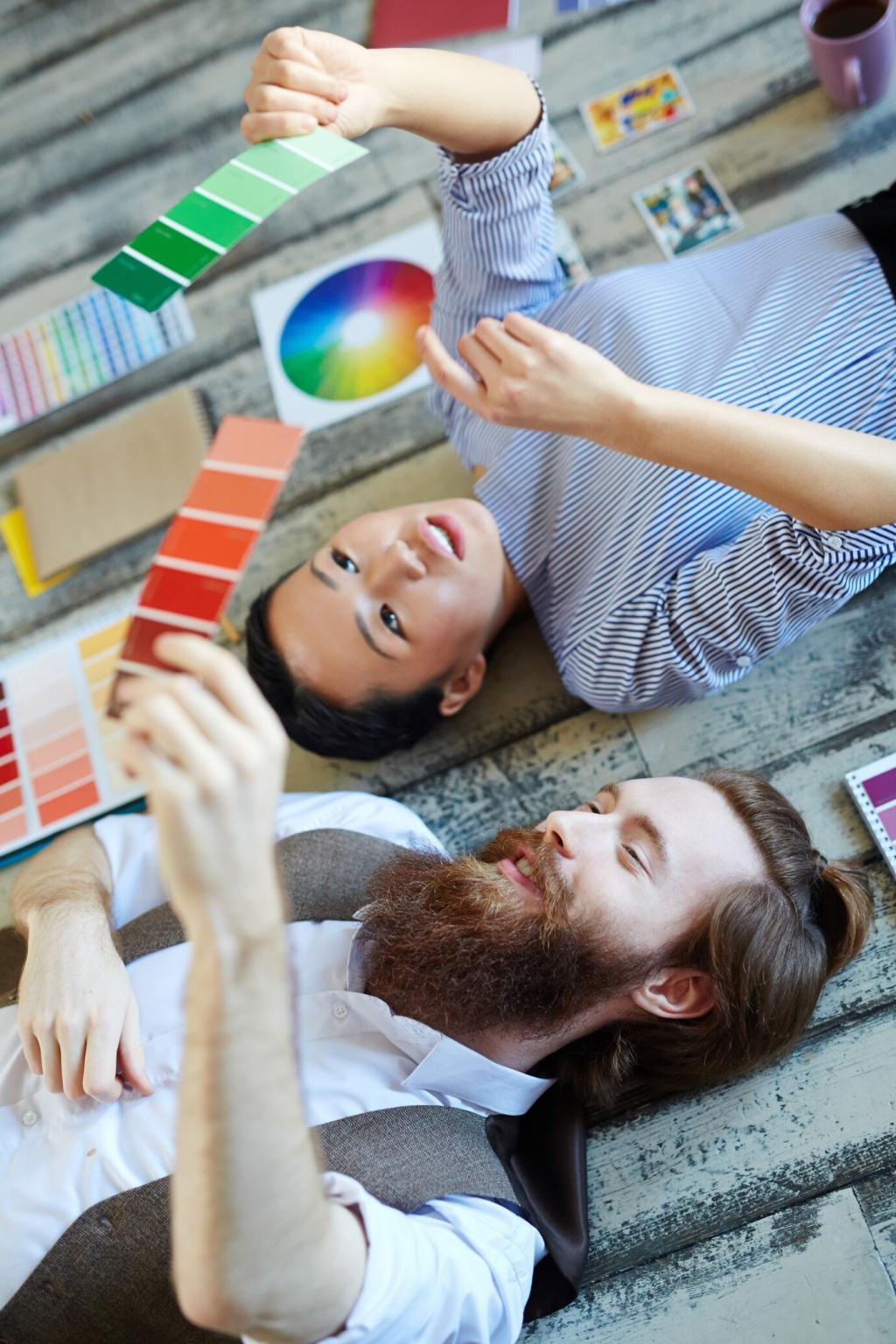
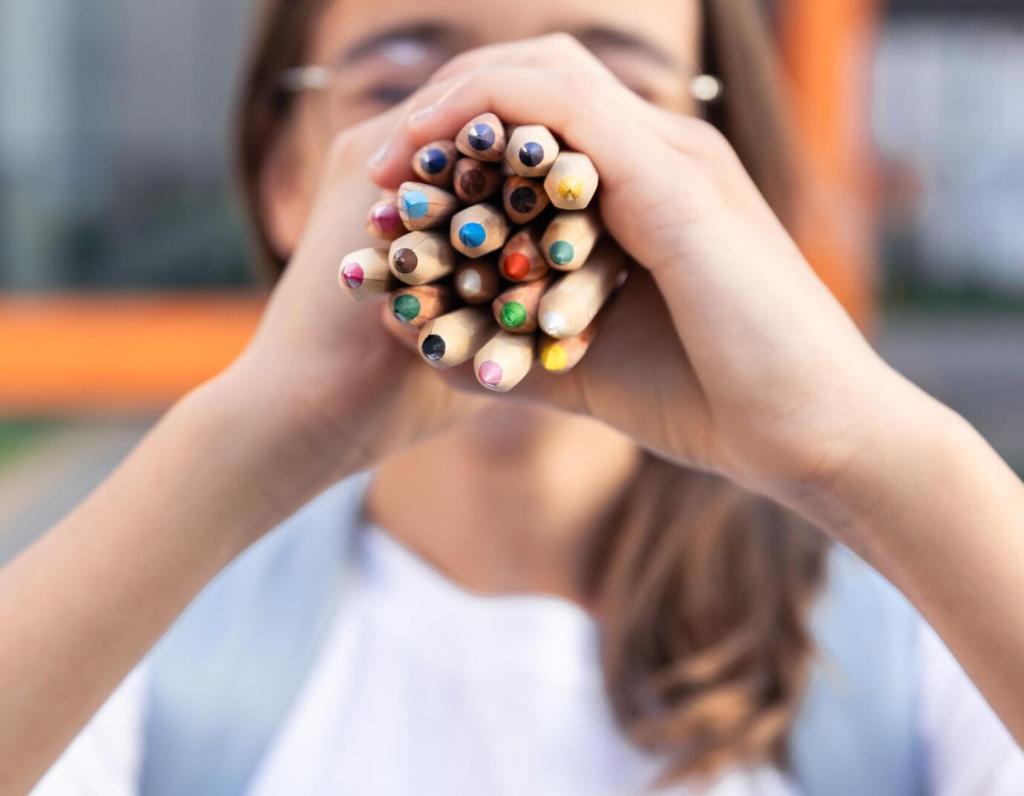
Biophilic Greens Beyond Plants
Even when foliage is scarce, sage and moss tones can evoke restorative associations. Add a natural texture—linen, rattan, clay—to deepen the effect and reduce the sterility many people feel in stark spaces.


Forecasts and Futures: Where Trends Are Heading
With OLED screens rising, inky backgrounds dominate. Expect refined, low-saturation accents—mauve-gray, eucalyptus, slate-lavender—that read clearly on dark while staying calm for late-night eyes.
Forecasts and Futures: Where Trends Are Heading
Natural dyes, recycled pigments, and lower-impact finishes influence trend colors toward earthy, complex undertones. Imperfect, lived-in hues feel honest—aligned with repair, reuse, and thoughtful consumption.
